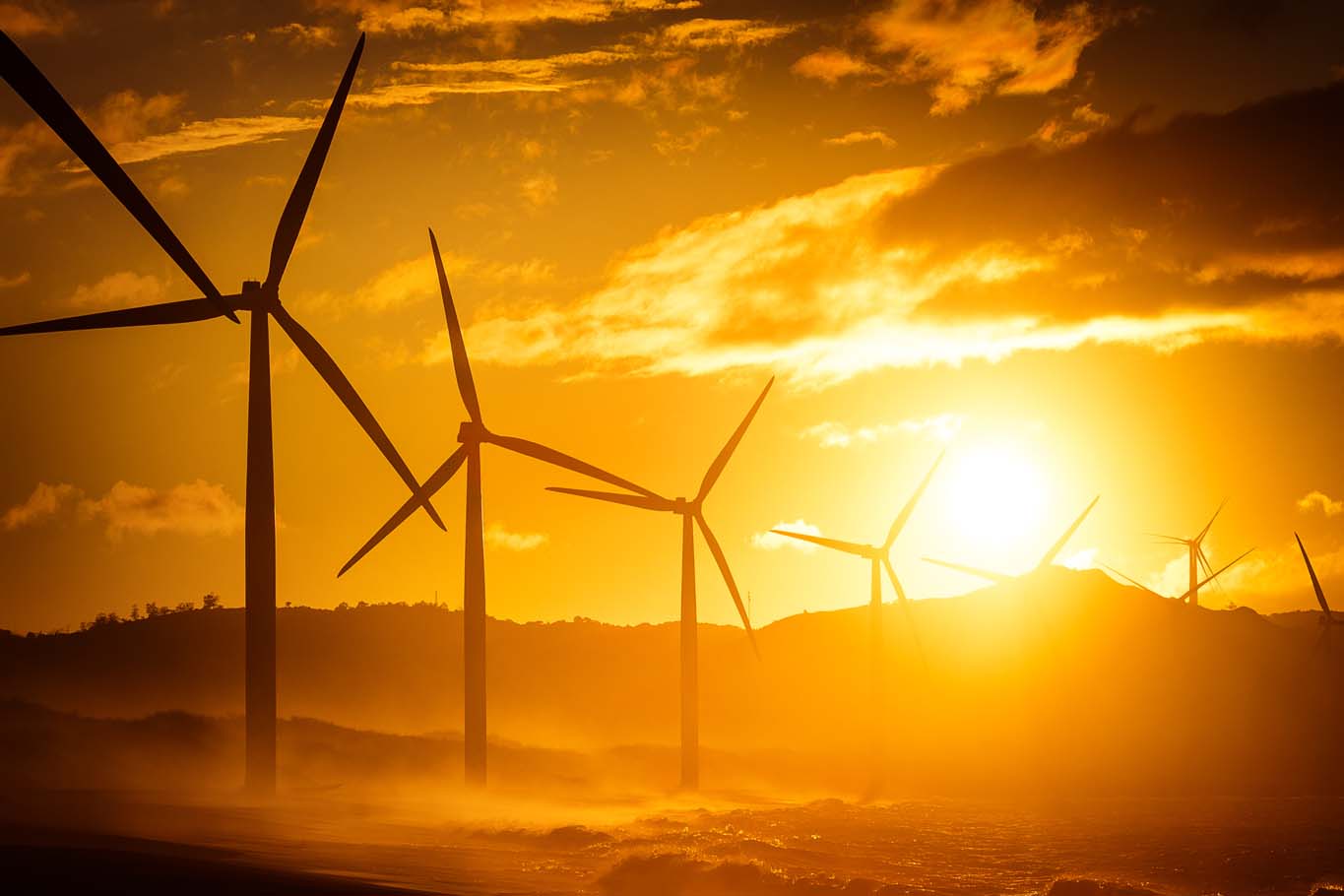Energy Innovation Program: Clean Fuels and Industrial Fuel Switching
The Canadian federal government is committed to reaching their goal of achieving Net-Zero Emissions by 2050, and they are actively creating new programs to reach their next milestone of reducing emissions by 40–45% below 2005 levels by 2030.
To reach these targets, the Energy Innovation Program is a new cleantech funding initiative that supports research, development, and demonstration projects as well as other scientific activities related to energy innovation. This program has a short intake period of February 2, 2022, and eligible applicants are encouraged to start their application process soon. Speak to the Mentor Works team of government grant application writers who can assist with the application process.
This call for proposals will provide up to $50M over five years for industrial fuel switching and pre-commercial production of clean fuels and up to $3M over five years for the development and upgrade of hydrogen codes and standards.
The Energy Innovation Program advances clean energy technologies that will help Canada meet its climate change targets while supporting the transition to a low-carbon economy. With the cleantech industry contributing approximately 3% of Canada’s overall GDP and employing over 341,000 Canadians, it’s no surprise that we’re seeing more cleantech funding programs being announced from both the federal and provincial governments.
Program Snapshot: Energy Innovation Program
Eligible Projects:
Businesses eligible for funding through the Energy Innovation Program must have a project that falls under one of three focus areas:
- Focus Area 1: Industrial Fuel Switching
- Projects that enable the substitution of lower carbon fuels or feedstock (including electricity, hydrogen, biomass, biofuels, and gaseous fuels) in the following industrial sectors:
- Chemicals and fertilizers;
- Iron and steel;
- Smelting and refining; or
- Cement (i.e., retrofit and redesign of equipment, development of materials, prep of feedstock, and scale-up support).
- Projects that enable the substitution of lower carbon fuels or feedstock (including electricity, hydrogen, biomass, biofuels, and gaseous fuels) in the following industrial sectors:
- Focus Area 2: Clean Fuels Production
- Projects that advance the pre-commercial production of clean fuels, specifically:
- Clean liquid and gaseous fuels;
- Clean fuels that improve upon industry benchmarks; or
- Specific bio-based fuels.
- Projects that advance the pre-commercial production of clean fuels, specifically:
- Focus Area 3: Hydrogen Codes and Standards
- Projects that advance knowledge towards the development of codes and standards related to the production, transportation, storage, and utilization of hydrogen.
Amount of Funding:
Funding is available as non-repayable contributions covering up to 75% of total costs for research and development projects, with up to 50% of costs covered for demonstration projects. The maximum program contributions are as follows:
- Focus Area 1: Industrial Fuel Switching (R&D) – $3M
- Focus Area 1: Industrial Fuel Switching (Demo) – $4M
- Focus Area 2: Clean Fuels Production (R&D) – $1M
- Focus Area 2: Clean Fuels Production (Demo) – $3M
- Focus Area 3: Hydrogen Codes and Standards – $3M
Eligible Applicants:
To help the Canadian federal government to determine which businesses and organizations are eligible to receive grant funding through the Energy Innovation Program, the following list of criteria must be met to apply for this program:
- Legal entities validly incorporated or registered in Canada, including:
- For-profit and not-for-profit organizations such as:
- Electricity and gas utilities;
- Electricity system operators;
- Transmission’s owners and operators;
- Companies and industry associations;
- Research associations; and
- Standards organizations.
- Indigenous organizations and groups;
- Community groups; and
- Canadian academic institutions.
- For-profit and not-for-profit organizations such as:
- Provincial, territorial, regional, and municipal governments and their departments and agencies where applicable.
Program Timeline:
The Energy Innovation Program has a short application window, with the deadline to apply on February 2, 2022. All projects approved for Energy Innovation Program funding must be finished in under five years.
To stay up to date with future intake periods, subscribe to the Mentor Works newsletter for a weekly update on Canadian government grants, loans, and tax incentives.
Apply for the Energy Innovation Program:
The Energy Innovation Program has a short intake window, so we strongly encourage eligible businesses to begin their application process as early as they can to meet the February 2, 2022 application deadline. For application writing assistance, book a discovery meeting with the professional government grant application writing team at Mentor Works or call us at 1-888-599-3111.
Get to know government grants, loans, wage subsidies, and more by downloading our free Canadian Government Funding Guide. The guide will walk you through the government funding application process and show you what your business needs to increase its chances of a successful grant, loan, or tax incentive application.



I developed a new electricity producing stationary bicycle which will produce up to 10 000 watts PER HOUR of safe, clean, green AC electricity right in our homes. This electricity can be used directly to power our home as we pedal or it can be stored in batteries and used later ( my preferred way) According to the statistics of energy use per capita, with only 1 hour of working out on this bike we will produce enough of electricity to power the homes for a whole day in 2/3 of the world’s population in EU, China, India, Africa etc. There is no need to use distribution networks or use of any outside polluting sources such as oils, gases, diesels, nuclear or coal. Besides many uses this product might become a new way to power our vehicles. If 2 or 3 of this bikes are producing electricity inside of our cars they might produce enough of electricity to be able to turn the wheels of same smaller cars. I am looking for a government help to develop this product and spread around the globe.
Hi Nikola – New technology development is something Canadian-based businesses receive funding for through a number of federal and provincial funding incentives. If you are incorporated in Canada and the research and development activities are happening here, please let us know a bit more about your business by filling out our contact form and we can explore possible funding opportunities for you.